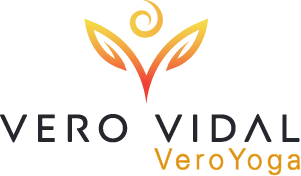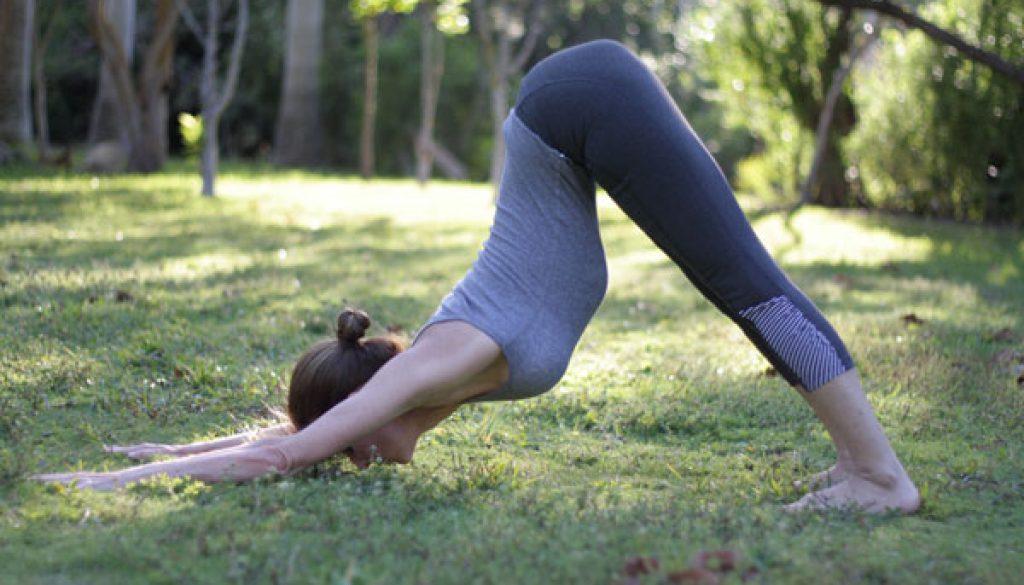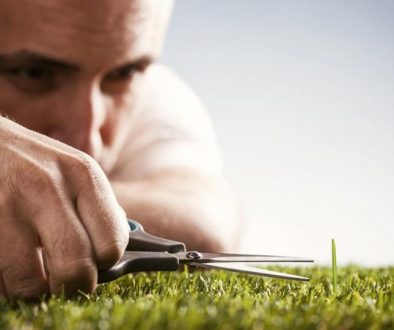6 Benefits of Down Dog
 Downward Facing Dog or Adho Mukha Svanasanan is a deceptively challenging posture that requires lots of strength, and because it involves using the entire body, you can feel its effects from head to toe.
Downward Facing Dog or Adho Mukha Svanasanan is a deceptively challenging posture that requires lots of strength, and because it involves using the entire body, you can feel its effects from head to toe.
As both a stretching and strengthening pose, downward dog provides incredible balance for mind and body. I mostly love the fact that it flushes your brain with fresh oxygen which calms your mind and helps relieve stress and mild depression. This is my favorite pose because it is so efficient that it targets your upper and lower body at the same time, so you’ll feel it in your hands, arms, shoulders, back, calves, hamstrings and even the arches of your feet.
This pose has so many health benefits, that I felt inspired to share some of them with you. Here are six reasons why you should mindfully practice this pose every day.
- Opens the Back of the Legs: Many of us walk around with chronically overly tight hamstrings and calf muscles. Most of the things we do during the day bring tension to the back of the legs, such as sitting, standing, moving around, walking, or running. Downward Facing Dog is an awesome posture for opening the back of the legs, releasing tension, stiffness, promoting blood supply to the back of the legs and even, preventing cramps!
- Elongates the Spine: The traction you get from planting your feet, pushing your hands strongly into your mat and then lifting your hips, elongates your spine like no other pose. Using gravity as your friend, you will be reversing the usual downward pressure on the spine, helping to gently re-align the vertebra in a natural, easy way. Downward Dog offers all the benefits of an inversion on the spine, without having to fully go upside-down.
- Strengthens and Opens the Chest and Arms: Downward Dog is one of the best postures for the chest muscles. Most of us who sit in a chair all day have chest muscles that are overly tight, but not necessarily all that strong.This pose will help to re-establish some opening of the chest muscles, as well as cultivate much-needed strength in the upper body. The opening and strength that one gains from this pose, will not only help reduce pain and pressure in the shoulders and upper back, but also, develop the strength to practice more advanced asana like inversions and arm balances and backbends.
- It builds strong bones: Downward dog is a great way to strengthen the upper extremities and build bone density, as it is considered a weight-bearing exercise. Therefore, it’s vital for preventing — or manage — osteoporosis.
- It fights poor posture: Something that we’re all suffering from these days. Luckily, downward dog can serve as an antidote to all that time we spend hunched over. It is useful for opening the anterior chest wall and shoulders that are so often rounded with excessive desk work. Practice often and you might be able to relieve neck and back pain associated with poor posture, and even find yourself sitting up a little straighter, too.
- It gives “speed” to your feet: Not only does downward dog provide a great ankle and calf stretch as mentioned above, but it also strengthens lots of smaller stabilizing muscles in the foot. To protect yourself from injury -when running, walking or hiking-, you want feet that can conform to the ground, react quickly to the terrain and transfer weight effectively.
 That’s not all… here are some other main benefits:
That’s not all… here are some other main benefits:
- Energizes the body
- Improves digestion
- Helps relieve the symptoms of menopause
- Relieves menstrual discomfort
- Relieves headache, insomnia, back pain, and fatigue
- Therapeutic for high blood pressure, asthma, flat feet, sciatica, sinusitis
Try adding Downward Dog to your daily workout. To make sure you’re doing Downward Dog correctly, engage through the core and draw up through your quads–without hyperextending your knees–while reaching up and back with your hips and then down toward the earth with your heels -(Check out my pictures – Photos courtesy Olympia Martinotti.) Don’t let your upper body collapse into your shoulders or sink into your neck. Your body should be in two long lines, forming an inverted V.
Stay in this pose anywhere from 30 seconds to 3 minutes and let me know how you feel!
To Your Great Health with Love,
Veronica Vidal
www.veroyoga.com
[/av_textblock]





